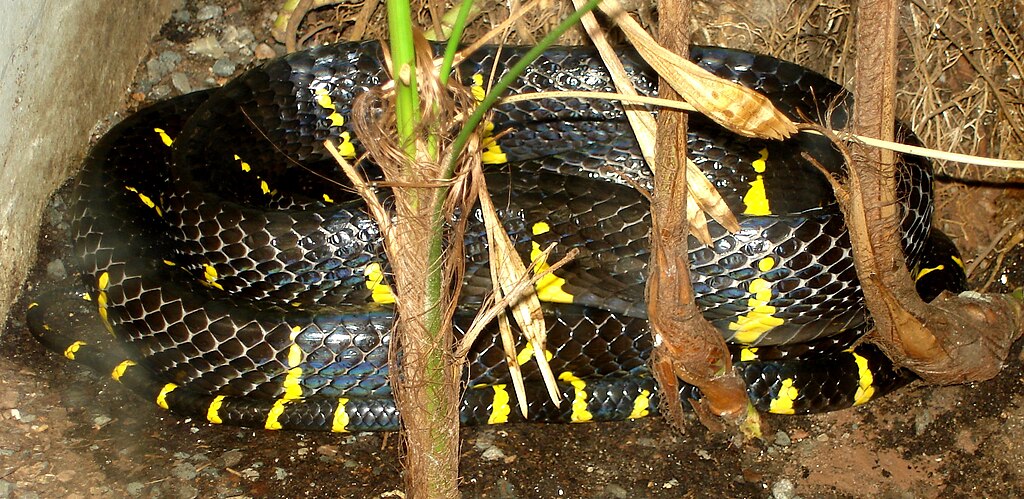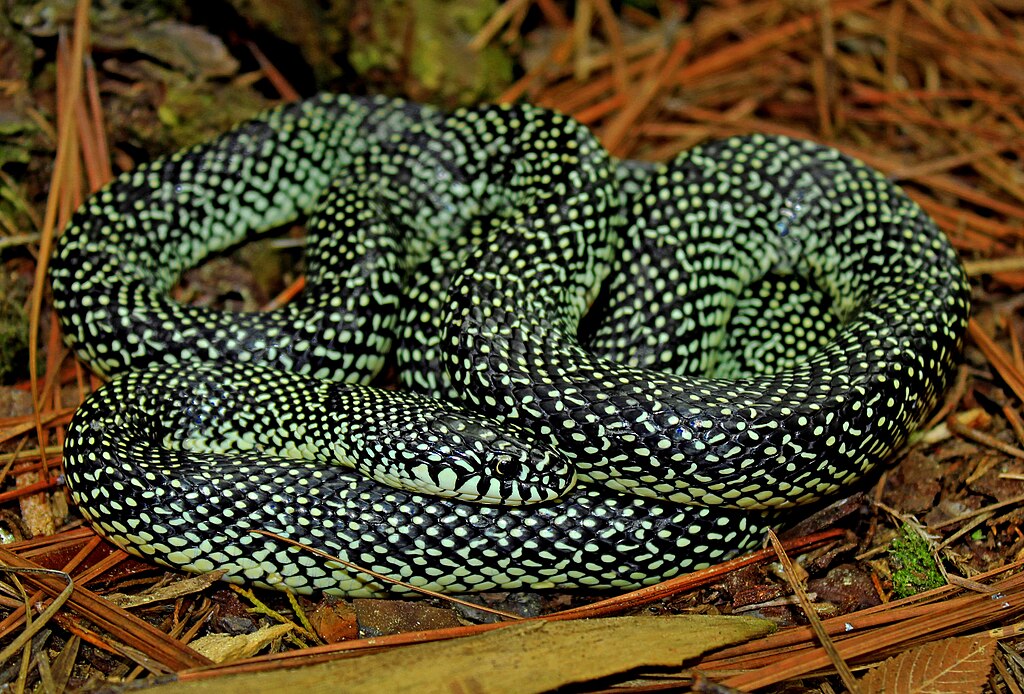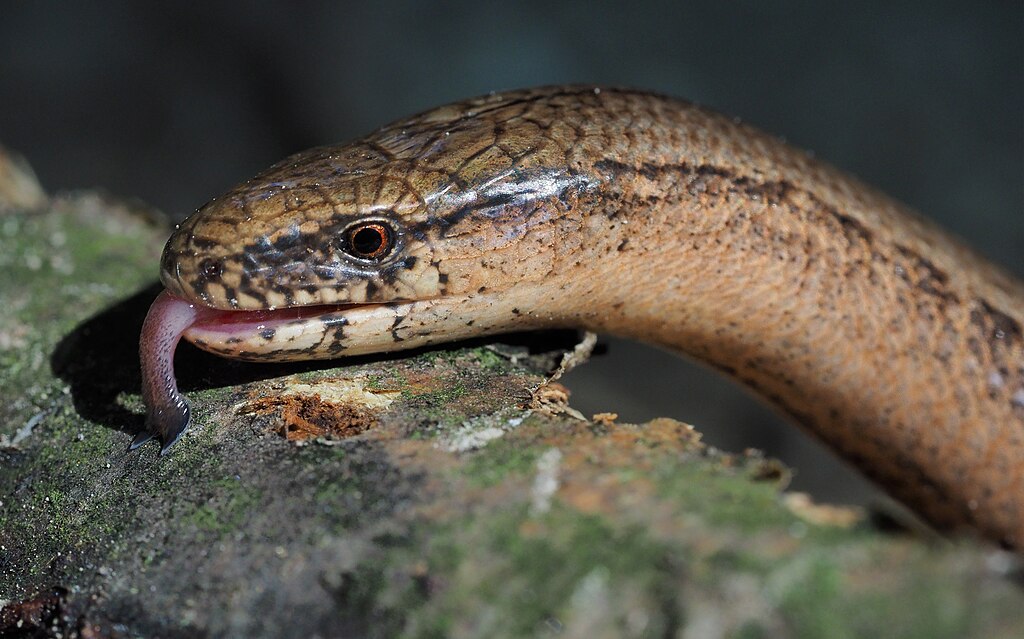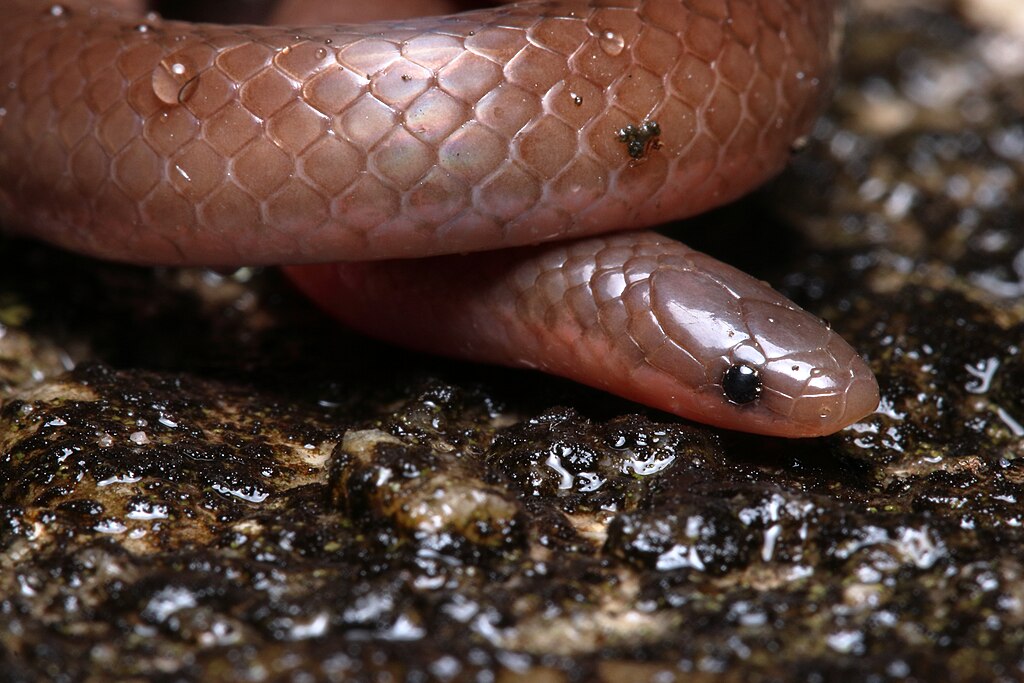The mesmerizing world of snakes has long captivated biologists and nature enthusiasts alike, with each species demonstrating remarkable adaptations to their unique environments. Among the most fascinating yet understudied phenomena is how snakes living in mountainous areas have developed particularly tough scales compared to their lowland relatives. This evolutionary marvel represents a perfect example of how geography and elevation can drive specialized adaptations, equipping these reptiles with the necessary tools to survive in harsh, high-altitude conditions. From the Himalayan pit vipers to the mountain kingsnakes of North America, these altitude-dwelling serpents showcase nature’s incredible ability to modify basic structures for environmental optimization.
The Basic Structure of Snake Scales

Snake scales consist primarily of keratin, the same protein found in human fingernails and hair, arranged in overlapping patterns across the body. These scales form from the epidermis, the outermost layer of skin, and grow as modified skin cells that harden and flatten. Unlike fish scales which are dermal in origin, snake scales develop from the outer skin layer and are periodically shed during the molting process. The microscopic structure reveals a complex arrangement of keratin fibers that provide flexibility while maintaining protective integrity. This basic architecture serves as the foundation upon which mountain-specific adaptations are built, allowing for regional specialization while maintaining the fundamental properties required of all snake scales.
Altitude-Induced Adaptations

As elevation increases, snakes face numerous environmental challenges that have directly influenced scale development. Mountain-dwelling snakes encounter more extreme ultraviolet radiation, wider temperature fluctuations, rougher terrain, and often harsher precipitation than their lowland counterparts. Research conducted at various elevations has shown a clear correlation between altitude and scale thickness, with high-altitude species possessing scales up to 20-30% thicker than related species at lower elevations. These adaptations develop gradually through natural selection, as snakes with more protective scales survive better in mountain environments and pass these traits to offspring. Interestingly, these adaptations can be observed even within the same species when populations exist across different elevational gradients.
UV Protection Mechanisms

Mountain environments expose snakes to significantly higher levels of ultraviolet radiation, which can damage tissues and DNA if left unprotected. In response, mountain snakes have developed scales with increased melanin concentrations and specialized pigment cells that absorb and scatter harmful UV rays. Microscopic analysis of mountain snake scales reveals a denser arrangement of these protective pigments compared to lowland relatives, creating a natural sunscreen effect. Some high-altitude species also produce specialized proteins within their scales that repair UV damage, similar to mechanisms found in other high-altitude animals. This multi-layered protection system allows mountain snakes to bask safely even in the thin atmosphere of high elevations where UV radiation is particularly intense.
Temperature Regulation Properties

The robust scales of mountain snakes play a crucial role in temperature regulation, a critical function for these cold-blooded creatures in variable mountain climates. Thicker scales provide better insulation against rapid temperature changes, helping snakes maintain body heat longer during cold nights and protecting against overheating during direct sun exposure. Some mountain species have developed scales with microscopic air pockets between keratin layers, creating thermal barriers similar to double-pane windows. Research using thermal imaging has demonstrated that mountain snakes cool down more slowly than their lowland counterparts when removed from heat sources, directly attributable to their specialized scale structure. This temperature buffering effect allows these reptiles to remain active for longer periods in the challenging thermal environments of mountain regions.
Mechanical Resistance Adaptations

The rugged, rocky terrain of mountainous environments presents significant abrasion challenges that have driven the development of mechanically resistant scales. Mountain snake scales typically contain higher concentrations of cross-linked keratin proteins, creating a more durable and scratch-resistant surface. Scanning electron microscopy studies have revealed unique microstructures on mountain snake scales, including reinforced ridges and specialized overlapping patterns that distribute impact forces more effectively. Some high-altitude species even incorporate minerals like calcium into their scale structure, similar to how bone development occurs, though through different biological pathways. These adaptations allow mountain snakes to navigate sharp rocks and rough surfaces without damaging their protective outer covering, an essential adaptation for predators that must move quickly across challenging terrain.
Water Repellency Features

Mountain environments often experience more extreme precipitation events, from heavy snowfall to sudden downpours, driving the evolution of enhanced water-repellent properties in snake scales. High-altitude snake species typically display scales with more pronounced microscopic ridges and channels that create hydrophobic surfaces, allowing water to bead and roll off rather than being absorbed. This adaptation helps prevent hypothermia during cold rain events by minimizing direct contact between water and the snake’s body. Some mountain vipers have been observed to remain completely dry underneath their scales even after being exposed to heavy precipitation for extended periods. Additionally, this water-shedding capability helps mountain snakes dry quickly after precipitation, allowing them to return to thermal regulation behaviors more efficiently than their lowland cousins.
Differences in Scale Microstructure

Advanced imaging techniques have revealed fascinating differences in the microstructure of scales between mountain and lowland snake populations. Mountain snake scales typically feature a more complex honeycomb-like internal structure that provides superior strength-to-weight ratio compared to the simpler arrangement found in lowland species. Researchers using atomic force microscopy have documented differences in the nanoscale organization of keratin fibers, with mountain species showing more organized, parallel arrangements that enhance tensile strength. The outer surface of mountain snake scales often displays a microscopically rough texture that helps reduce friction when moving across certain types of terrain. These structural adaptations represent evolutionary solutions to the specific challenges of mountain environments, demonstrating how natural selection can fine-tune existing structures for specialized purposes.
Evolutionary History of Tough Mountain Scales

The development of tougher scales in mountain snakes represents a relatively recent evolutionary adaptation that has occurred independently in multiple lineages. Fossil evidence suggests that many mountain-dwelling species diverged from lowland ancestors during periods of mountain formation or climate change, developing their specialized scales over thousands of generations. Genetic studies have identified several genes associated with keratin production and organization that show signs of positive selection in mountain snake populations. Phylogenetic analyses reveal that similar scale adaptations have evolved independently in mountain snakes across different continents, a classic example of convergent evolution driven by similar environmental pressures. This repeated pattern of adaptation indicates the strong selective advantage provided by tougher scales in high-altitude environments, regardless of the snake’s taxonomic group or geographical location.
Notable Mountain Snake Species with Specialized Scales

The Himalayan pit viper (Gloydius himalayanus) represents one of the most remarkable examples of scale specialization, with incredibly durable scales that withstand both freezing temperatures and intense UV radiation at elevations up to 4,900 meters. North America’s mountain kingsnake (Lampropeltis zonata) has developed scales with enhanced mechanical resistance that allows it to navigate the sharp granite surfaces of the Sierra Nevada mountains without damage. The Alpine viper (Vipera ursinii) of Europe displays scales with exceptional insulating properties that enable it to survive in alpine environments where temperatures fluctuate dramatically. The mountain racer (Platyceps rhodorachis) of Central Asia possesses scales with remarkable abrasion resistance, allowing it to move at high speeds across rough terrain that would quickly damage the scales of lowland relatives. Each of these species demonstrates how scale adaptations have been fine-tuned to address the specific challenges of their particular mountain habitat.
Climate Change Impacts on Scale Development

Recent research has begun to document how climate change may be affecting the development and functionality of specialized scales in mountain snake populations. As warming temperatures allow lowland species to move upslope, hybridization between mountain and lowland populations can occur, potentially diluting the genetic basis for specialized scale development. Some researchers have documented changes in scale thickness and composition in certain mountain species over the past several decades, correlating with regional climate warming trends. Laboratory studies simulating future climate conditions suggest that higher temperatures during embryonic development may alter the expression of genes controlling scale formation. These changes could potentially compromise the protective functions that mountain snakes have evolved over thousands of generations, creating new challenges for these specialized reptiles as their environments rapidly transform.
Research Challenges and Methodologies

Studying the specialized scales of mountain snakes presents unique challenges that require innovative research approaches. Field collection at high elevations often necessitates difficult expeditions into remote mountain regions where these snakes reside, sometimes requiring specialized mountaineering skills. Non-invasive sampling techniques have been developed to study scale properties without harming these often rare and sometimes endangered species, including specialized tape-sampling methods that collect only shed scales. Advanced laboratory equipment including scanning electron microscopes, atomic force microscopes, and specialized materials testing devices are required to analyze the microscopic properties that make mountain snake scales unique. Interdisciplinary collaboration between herpetologists, materials scientists, and evolutionary biologists has proven essential for developing a complete understanding of how and why these specialized scales have evolved in mountain environments.
Biomimetic Applications of Mountain Snake Scales

The extraordinary properties of mountain snake scales have inspired numerous biomimetic applications in material science and engineering. Researchers studying the water-repellent properties of certain mountain viper scales have developed new hydrophobic coatings that could improve rain gear and water-resistant electronics. The exceptional abrasion resistance of mountain kingsnake scales has informed the development of durable protective films for smartphones and other devices subject to everyday wear. Military research programs have investigated the thermal regulation properties of alpine snake scales to create better insulating materials for cold-weather operations and equipment. Medical applications include the development of specialized bandages and wound coverings inspired by the UV-protective and antimicrobial properties found in certain high-altitude snake species. These biomimetic innovations demonstrate how understanding natural adaptations can lead to improved human technologies, creating a compelling argument for the conservation of these remarkable reptiles and their environments.
Conservation Implications and Future Research

Mountain snake populations face numerous conservation challenges, making the preservation of their unique scale adaptations a concern for biodiversity researchers. Many high-altitude snake species have restricted ranges and specific habitat requirements, making them particularly vulnerable to habitat loss and climate change impacts. Future research directions include investigating how quickly scale properties can adapt to changing conditions, which may determine whether these species can survive rapid environmental changes. Genetic studies aimed at identifying and preserving the genetic basis for specialized scale development are becoming increasingly important conservation tools. Establishing more protected areas in mountain regions where these specialized snakes occur represents a critical step in ensuring these evolutionary marvels persist for future generations to study and appreciate.
The tough scales of mountain-dwelling snakes represent one of nature’s most elegant solutions to the challenges of high-altitude living. These specialized structures—evolved through countless generations of natural selection—provide protection against UV radiation, temperature extremes, rough terrain, and harsh precipitation. As we continue to unravel the complexities of these adaptations, we gain not only a deeper understanding of evolutionary processes but also inspiration for new materials and technologies. The study of mountain snake scales reminds us that even in the harshest environments, life finds remarkable ways to adapt and thrive, often developing specialized features that surpass our technological capabilities. Preserving these special reptiles and their mountain habitats ensures that both the snakes themselves and the invaluable biological lessons they teach us will remain available for future generations.





